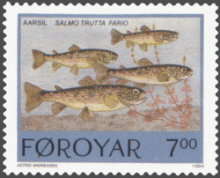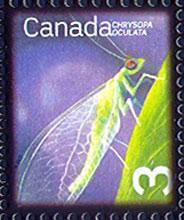Waarschuwingen over de mogelijke rol van milieuverontreiniging met neonicotinoiden bij sterk dalende populaties van vogels, kikkers, egels, vleermuizen en andere insectenetende dieren zijn niet ver gezocht en moeten serieus worden genomen
Imidacloprid werd gevonden in 89% van watermonsters die werden genomen in agrarische gebieden van Californië, en in 19% van de monsters werd de maximaal toegestane concentratie van 1,05 microgram / L, zoals vastgesteld door Environmental Protection Agency (EPA), overschreden. In Nederland kwam imidacloprid in meetbare hoeveelheden voor in 30% van de 4.852 watermonsters die door Waterschappen werden verzameld tussen 1998 en 2007. Deze cijfers geven aan dat er inmiddels een wijdverbreide besmetting is van het oppervlaktewater met zeer langzaam afbreekbare (persistente) systemische insecticiden. Het eerste gevolg van deze besmetting is de geleidelijke vermindering, en mogelijk het verdwijnen van hele populaties van aquatische geleedpotigen in de getroffen gebieden. Aangezien de tijd de bepalende variabele bij dit proces is, kan er van worden uitgegaan dat, wanneer deze verontreiniging zich de komende jaren in het huidige tempo voortzet, de biodiversiteit en de functionaliteit van vele aquatische ecosystemen ernstig zal worden aangetast. Omdat deze organismen bovendien een primaire bron van voedsel voor een groot aantal soorten van gewervelde dieren zijn (bijv. vissen, kikkers en vogels), zal de uitputting van hun belangrijkste voedselbron onvermijdelijk indirecte effecten hebben op deze dierlijke populaties. Het geval van de patrijs (Perdix perdix) in Engeland is een voorbeeld van hoe een combinatie van herbiciden en insecticiden indirect de ondergang van een soort kan veroorzaken door de teloorgang van onmisbare voedselbronnen. Daarom zijn waarschuwingen over de mogelijke rol van milieuverontreiniging met neonicotinoiden bij de sterk dalende populaties van vogels, kikkers, egels, vleermuizen en andere insectenetende dieren niet ver gezocht en moeten serieus worden genomen.










